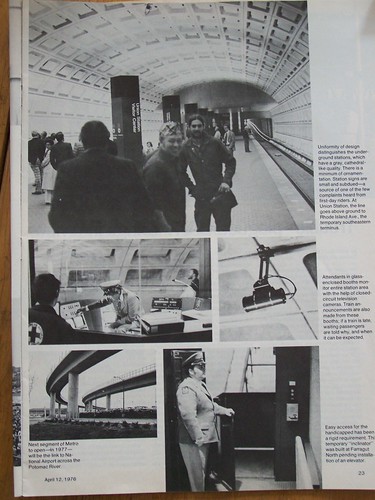The problem is redundancy, not lack of dedicated funding
Today's Post reports on the subway system, "Metrorail Reports 17-Month Slide in On-Time Service." In "Washington Transit," I think that Ryan Avent gets it right when he says that for the most part, service is reliable, and needs to be compared not just to itself, but to other modes, and the delays that can result within those other modes.
Nonetheless, I find something troublesome in the report:
During rush hour, about 140 trains an hour are moving through the stations in the downtown core, and one breakdown can quickly lead to backups on the line, Francis said. ...
One obstacle to better performance, officials say, is that Metro, alone among major U.S. transit systems, does not have a dedicated source of revenue for capital improvements, such as new train cars, buses and other heavy equipment. ...
At the same time, the few hours when trains are not running allow little time for track maintenance and other repairs to be done. That's why such work also takes place almost every weekend and during off-peak hours.
The real problem is that at the very beginning of the design of the system, the engineer- designers made a mistake. They didn't create a robust system, one that was flexible and able to respond to breakdowns, or to offer express service, because they built a two track system.
This lack of an additional track or tracks, or a double stacked tunnel makes it almost impossible to improve the reliability of service, other than having equipment that never breaks down.
Having dedicated funding is important, but it isn't the cause of the problems now. What is, partly, is the cockeyed oversight system and odd organizational form, as well as the lack of adequate financing overall. Although this transit system isn't the only one suffering from such problems.
I don't know how we can build ourselves out of this hole, besides adding redundancy back to the system, which unfortunately, will be very very expensive.

Union Station, Day 1 on the Washington Metro, Railway Age, April 1976.
Labels: transit, transportation planning



0 Comments:
Post a Comment
<< Home